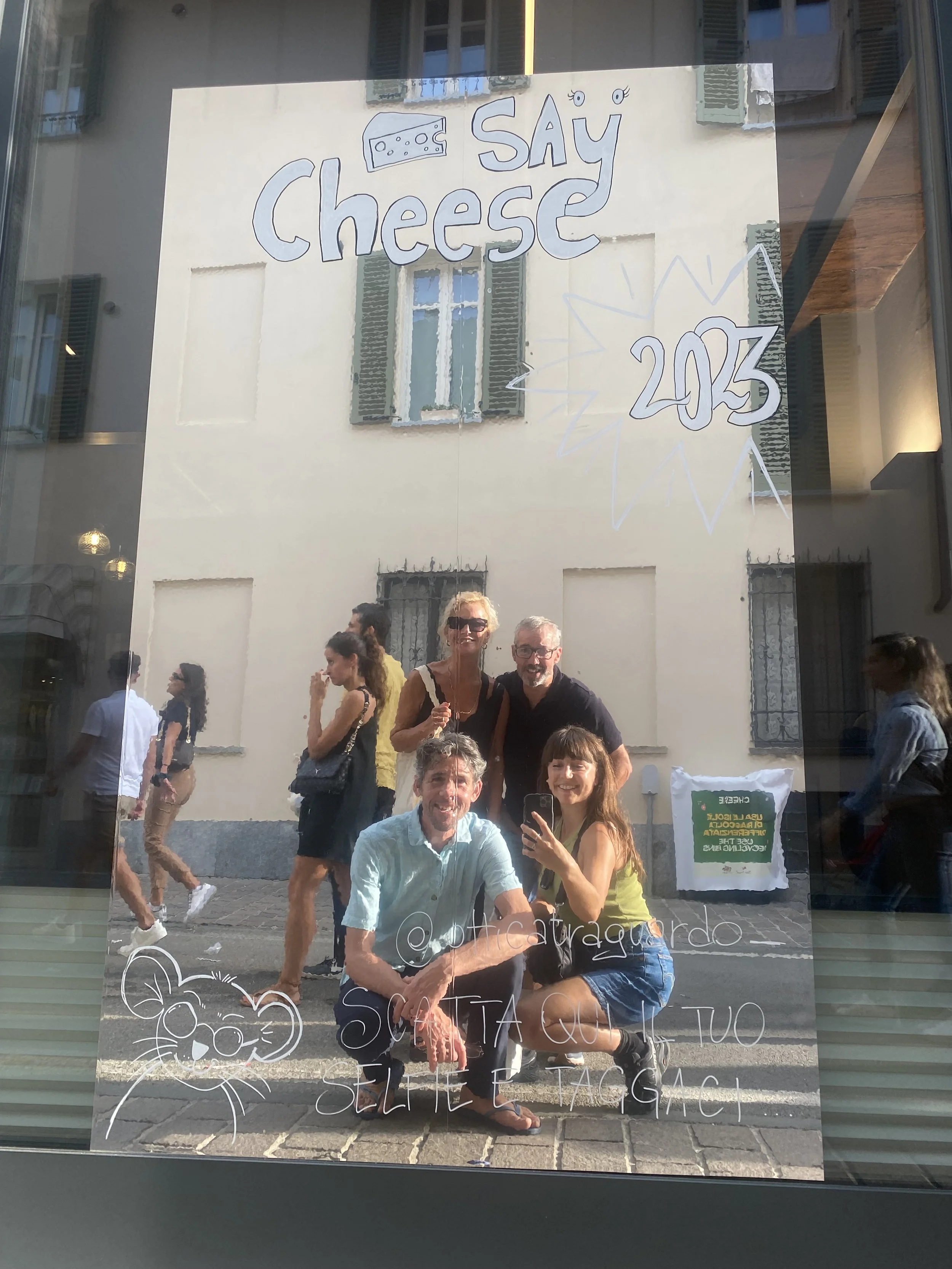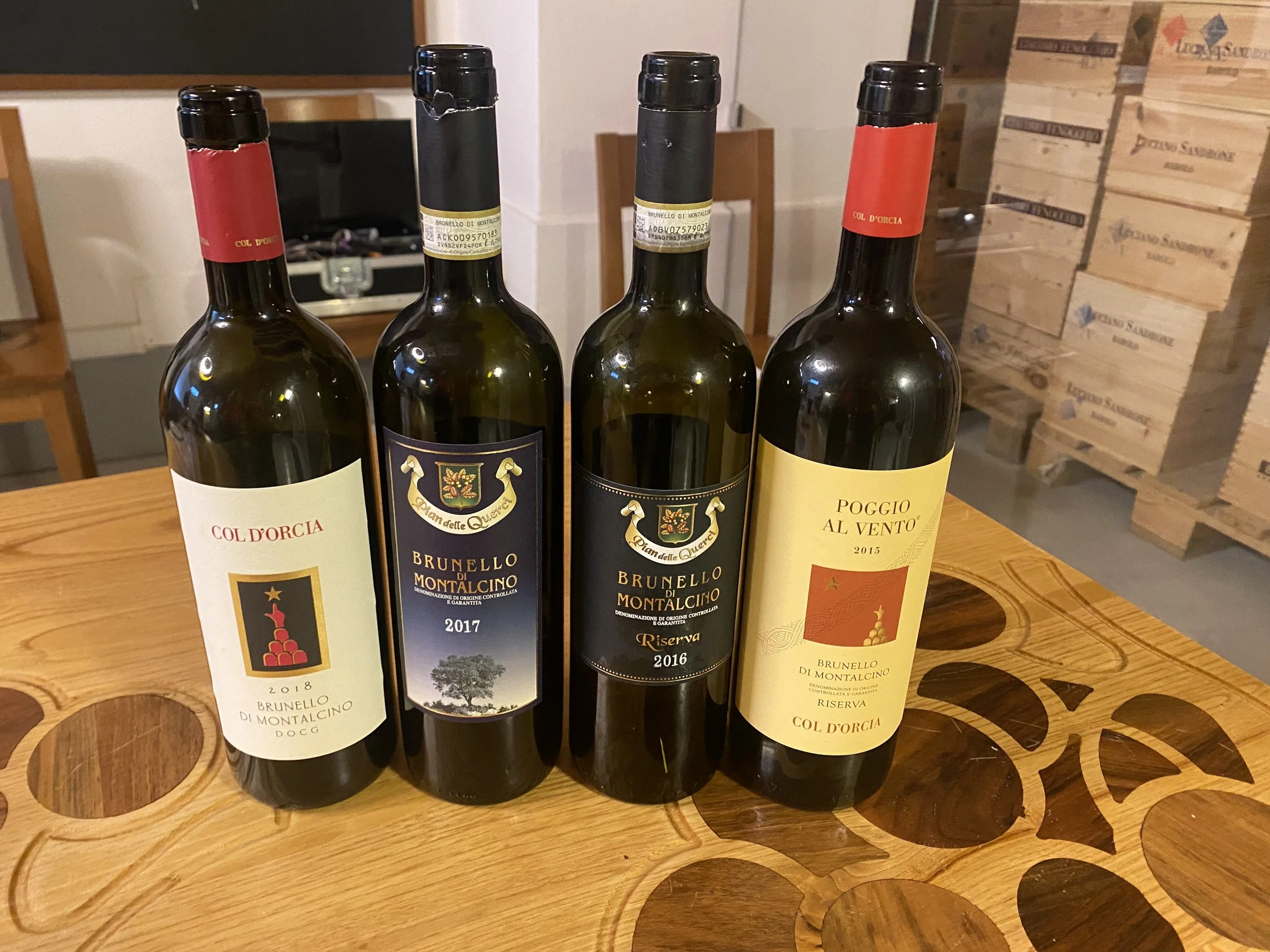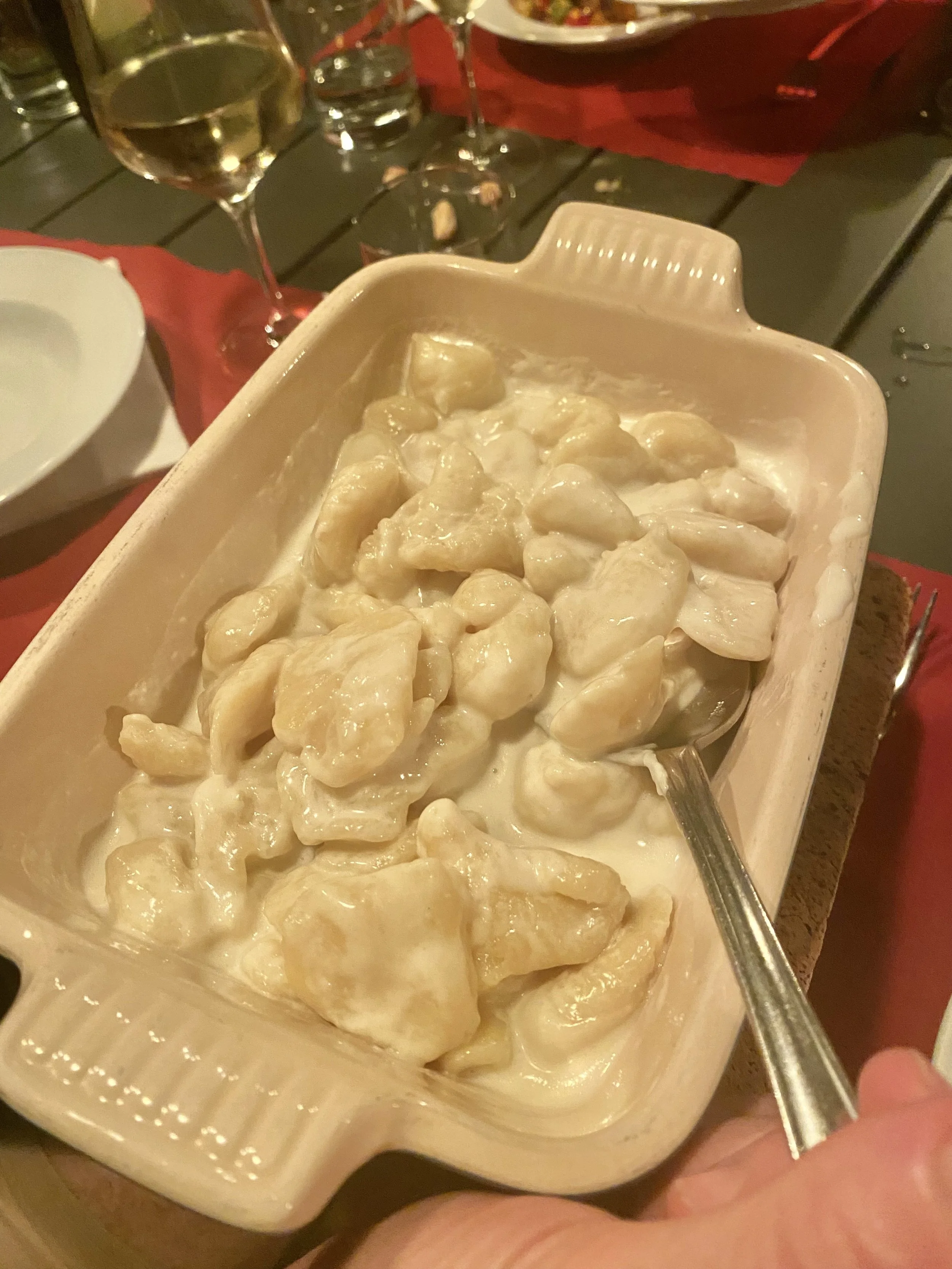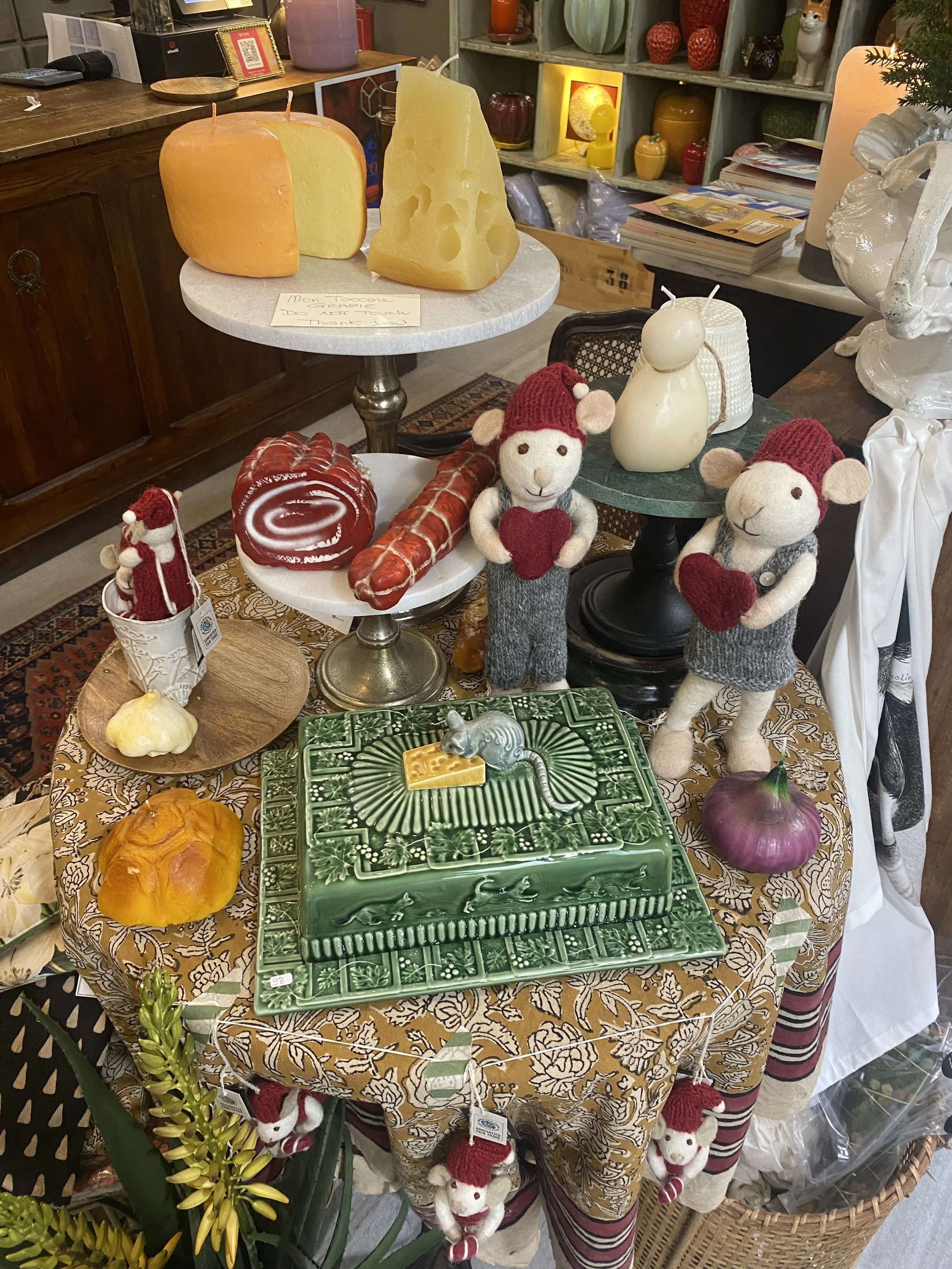world’s largest cheese festival - Bra Italy
Even though I visited the festival two years ago, it feels like the perfect post to share now, as the world’s largest cheese festival has just taken place again (it happens every two years). Cheesemakers from all over the world come to showcase what they do best. Some even bring their herds and the grasses they feed them on, proudly highlighting the variety in their animals’ diet. I was lucky enough to attend courtesy of the Cheeseboard, and it was truly eye-opening to see such a staggering number of cheeses and to be able to try so many different types - not just cheeses themselves, but also dishes where cheese was creatively incorporated.
A bit about Bra
Bra is about an hour’s drive from Turin, in the Piedmont region. It’s home to the Slow Food Movement, whose global headquarters are still based here, as well as the main campus of the world’s first University of Gastronomic Sciences. The movement was founded in 1986 as a reaction to the rise of fast food, promoting instead food that is good, clean, and fair - flavoursome, sustainably produced, and respectful to the people who make it. Bra is very much a foodie town, and it shows: there are plenty of options for a snack, lunch, or a full dinner in one of its many restaurants, all celebrating local, fresh, high-quality ingredients.
The festival itself celebrates raw milk, natural cheeses, and artisanal dairy products, bringing together herders, cheesemakers, and representatives of both Italian and international cheese. You’ll also find craft brewers, wine producers, and street food vans from across Italy. Every year the festival highlights a different principle from the Slow Food Movement, and this year’s focus was The Taste of the Meadows, exploring the impermanence of habitats and the importance of raw milk from pasture-raised animals for sustainable food systems.
The festival is free to attend, but there are workshops that you can pay for to learn about specific cheeses/wine. We were there for two days and had a rough idea of what we were doing - there were so many stalls to see, we didn’t even get to visit every stall!
Val, Michael, Alex, and I saying cheeeese
Festival highlights
We arrived late on Saturday night and started Sunday by wandering around the festival, tasting and drinking our way through the stalls. We popped over to say hello to our friends at Valsana and Jumi and then, completely randomly, came across a rock band playing- this is what’s so endearing about the festival, you really do come across unexpected events, and the whole town feels alive and buzzing.
In the evening, we had dinner at Scuderie Sabaude, which I found in the Michelin Guide. Housed in the rustic setting of the former royal stables, the interiors are tastefully designed, and the restaurant serves Piedmontese cuisine, sometimes with an Asian twist.
Workshop - Comté and Brunello tasting
On Monday, we had a Comté and Brunello di Montalcino workshop at 1pm, so we headed back to explore the remaining stalls in the morning. We tried five different Comtés, aged from 4 to 24 months, paired with four Brunello di Montalcino wines from the Sienese and Grosseto sides of the Montalcino area (Pian delle Querci and Col d'Orcia wineries).
Tasting very young Comté versus the older ones was fascinating. The aromas, flavours, and textures all change with age. The 4-month Comté is supple and elastic, with mild, milky flavours, whereas the aged Comté is firmer and drier, often with tyrosine crystals (an amino acid naturally present in milk proteins - not to be confused with salt, despite the crunchy texture). The older cheese tastes nutty, with notes of caramel, umami, and sometimes oniony or meaty undertones.
The Brunello wine selection for trying
Workshop seutup + 5 different ages of comté
We ended our trip with a final dinner at a restaurant whose name escapes me, but the food was great. We had gnocchi con Castelmagno, the house specialty, made with Castelmagno cheese which is a local cheese from Piedmont.
Gnocchi con Castelmagno
Castelmagno dates back to 1277 and is often called the king of Piedmontese cheeses. It’s a semi-hard, naturally blue, raw milk cheese with a tangy, grassy, and peppery flavour and a crumbly texture. Traditionally, it’s used in cooking, and it really shines in dishes like this gnocchi which is rich, comforting, and full of flavour.
It was the perfect way to end a trip that celebrated so many facets of Italian cheese culture: from bustling festival stalls to intimate workshops, from tasting young, milky Comté to the aged, meaty and crystalised varieties, and from local focaccia to regional specialties like Castelmagno. Bra had given us a feast for the senses and it was a great trip with my lovely colleagues. With big thanks to Michael at the Cheeseboard for allowing this to happen. Bra, I will be back one day!
A cute little shop offering cheese-themed gifts like candles and other novelties




